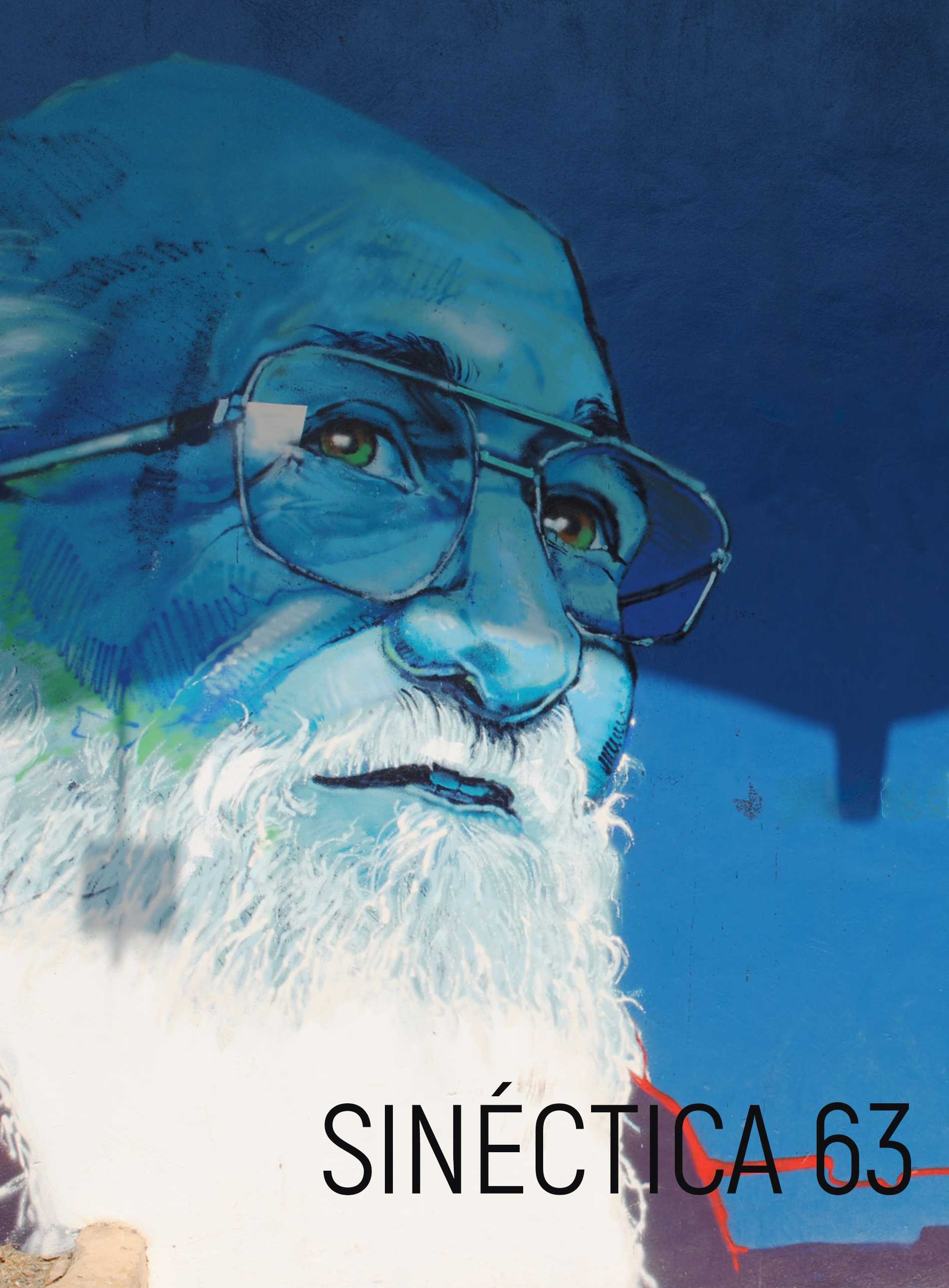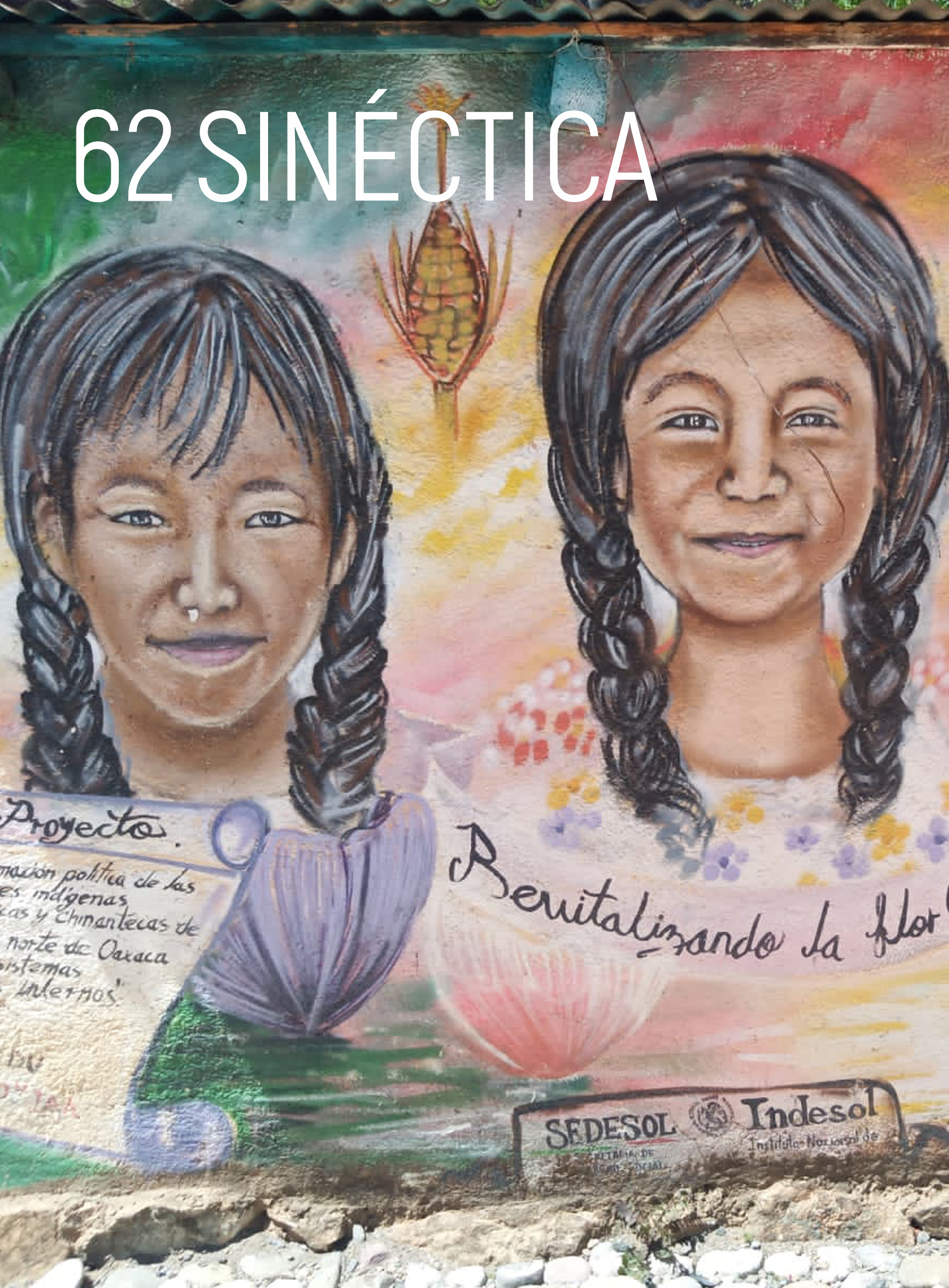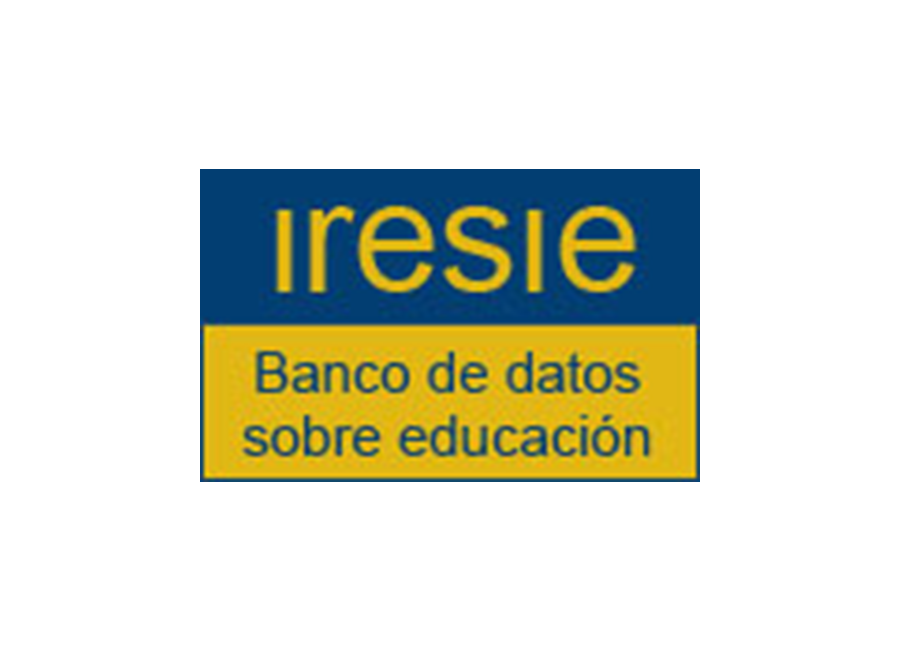Benefícios de uma intervenção de clima motivacional para a maestria nas habilidades motora se sociais de crianças de baixa renda com atrasos motores: um estudo de campo
DOI:
https://doi.org/10.31391/S2007-7033(2022)0059-012Palavras-chave:
habilidades motoras, responsabilidade social e pessoal, inclusão, programa de intervenção motoraResumo
Este estudo examinou os efeitos de uma Intervenção de clima motivacional para a maestria nas habilidades habilidades motoras e sociais de crianças de baixa renda, com e sem deficiência. Foi implementado um clima de maestria com o grupo de intervenção e uma educação física regular com o grupo controle. Os resultados sugeriram que as crianças do grupo de intervenção, com e sem deficiência: (a) melhoraram significativamente o desempenho motor e apresentaram desempenho superior no pós-intervenção em relação ao grupo controle; (b) demonstraram padrão semelhante de alterações nas habilidades motoras; (c) ao longo da intervenção adoptou-se níveis mais elevados de responsabilidade social e pessoal e um padrão semelhante de mudanças positivas. Foram observadas correlações positivas entre desenvolvimento motor e responsabilidade social e pessoal. A intervenção do clima de maestria foi eficiente no enriquecimento do desenvolvimento infantil.
Downloads
Referências
Almeida, F.D. & Pick, R. K. (2018). Implementation of the teaching personal and social responsibility model through physical activity: A pilot study. The FIEP Bulletin, vol. 88, no.1, pp. 356-359. https://doi:10.16887/88.a1.86
Auxter, D., Pyfer, J. & Huettig, C. (2004). Principles and methods of adapted physical education and recreation (10th ed.). McGraw-Hill Higher Education.
Bandura, A. (1986). Social foundations of thought and action. Prentice-Hall.
Berleze, A. & Valentini N. C. (2022). Intervention for children with obesity and overweight and motor delays from low-income families: Fostering engagement, motor development, self-perceptions, and playtime. International Journal of Environmental Research and Public Health, vol. 19, no. 5, pp. 2545. https://doi.org/10.3390/ijerph19052545
Berleze, A. & Valentini, N. C. (2021). The motor intervention effectiveness on children daily routine, motor, health, and psychosocial parameters. Journal of Physical Education, vol. 32, no. 1, e-3272. https://doi.org/10.4025/jphyseduc.v32i1.3272
Bibby, P., Eikeseth, S., Martin, N. T., Mudford, O. C. & Reeves, D. (2002). Progress and outcomes for children with autism receiving parent-managed intensive interventions. Research in Developmental Disabilities, vol. 23, no.1, pp. 81-104. https://doi.org/10.1016/S0891-4222(02)00095-1
Brauner, L. M., Valentini, N.C. & Santayana de Souza, M. (2017). Youth Sports Program influences children’s perceived competence?” Psico-USF, vol. 22, no. 3, pp. 527-539. https://doi.org/10.1590/1413-82712017220312
Bronfenbrenner, U. (1979). The ecology of human development. Harvard University Press.
Buchanan, A. M. (2001). Contextual challenges to teaching responsibility in a sport camp. Journal of Teaching in Physical Education, vol. 20, no 2, pp. 155-171. https://doi.org/10.1123/jtpe.20.2.155
Compagnone, N. (1995). Teaching responsibility to rural elementary youth: Going beyond the urban at-risk boundaries. Journal Physical Education, Recreation, and Dance, vol. 66, no. 6, pp. 58-63. https://doi.org/10.1080/07303084.1995.10607100
DeBusk, M. & Hellison, D. (1989). Implementing a physical education self-responsibility model for delinquency-prone youth. Journal of Teaching in Physical Education, vol. 8, no.2, pp. 104-112. https://doi.org/10.1123/jtpe.8.2.104
Goodway, J. D. & Branta, C. F. (2003). Influence of a motor skill intervention on fundamental motor skill development of disadvantaged preschool children. Research Quarterly for Exercise and Sport, vol. 74, no. 1, pp. 36-46. https://doi.org/10.1080/02701367.2003.10609062
Goodway, J. D., Crowe, H., & Ward, P. (2003). Effects of motor instruction on fundamental motor skill development. Adapted Physical Activity Quarterly, vol. 20, no. 3, pp.298-314. https://doi.org/10.1123/apaq.20.3.298
Goodway, J. D., Rudisill, M. E. & Valentini, N. C. (2002). The influence of instruction on catching: A developmental approach. Motor Development: Research & Reviews, book-volume 2.
Graham, G. (2005). Teaching children physical education: Becoming a master teacher. Human Kinetics.
Guaragna, M., Pick, R. K. & Valentini, N. C. (2005). Percepções de pais e professores da incluência de uma programa motor inclusivo no comportamento social de crianças portadoras e não portadoras de necessidades especiais. Movimento, vol. 11, no. 1, pp. 89-117. https://www.redalyc.org/pdf/1153/115315992006.pdf
Hastie, P. A. & Buchanan, A. M. (2000). Teaching responsibility through sport education: Prospects of a coalition. Research Quarterly for Exercise and Sport, vol. 71, no. 1, pp. 25-35. https://doi.org/10.1080/02701367.2000.10608877
Hellison, D. (2011). Teaching personal and social responsibility through physical activity (3rd ed.). Human Kinetics.
Hellison, D. (2003). Teaching responsibility through physical activity (2nd ed.). Human Kinetics.
Hellison, D. (1990). A Chicago story- Physical education for disadvantaged youth. Journal Physical Education, Recreation, and Dance, vol. 61, no. 6, pp. 36-37. https://doi.org/10.1080/07303084.1990.10604546
Hellison, D. & Cutforth, N. (Eds.) (2000). Youth development and physical activity: Linking universities and communities. Human Kinetics.
Hellison, D. & Templin, T. J. (1991). A reflective approach to teaching physical education. Human Kinetics.
Hellison, D. & Walsh, D. (2002). Responsibility-based youth programs evaluation: Investigating the investigations. Quest, vol. 54, no. 4, pp. 292-307. https://doi.org/10.1080/00336297.2002.10491780
Hellison, D. & Wright, P. (2003). Retention in an urban extended day program: A process-based assessment. Journal of Teaching in Physical Education, vol. 22, no. 4, pp. 369-381. https://doi.org/10.1123/jtpe.22.4.369
Jenkins, J. M. (2004). Student-led play days: Incorporating student assessment. Strategies, vol. 17, no. 3, pp. 15-20. https://doi.org/10.1080/08924562.2004.10591080
Karagiannis, A., Stainback, W. & Stainback, S. (1996). Rationale for inclusive schooling. In S. Stainback & W. Stainback (Eds.). Inclusion: A guide for educators (pp. 21-34). Paul H. Brookes.
Kirk, S., Gallagher, J., Anastasion, N. & Coleman, M. (2006). Educating exceptional children (11th ed.). Houghton Miffilin.
Kunh, D. E., Matson, J. L., Mayville, E. A. & Matson, M. L. (2001). The relationship of social skills as measured by the MESSIER to rumination in persons with profound mental retardation. Research in Developmental Disabilities, vol. 22, no. 6, pp. 503-510. https://doi.org/10.1016/S0891-4222(01)00086-5
Li, W., Wright, P. M., Rukavina, P. B. & Pickering, M. (2008). Measuring students’ perceptions of personal and social responsibility and the relationship to intrinsic motivation in urban physical education. Journal of Teaching in Physical Education, vol. 27, no. 2, pp. 167-178. https://doi.org/10.1123/jtpe.27.2.167
Llewellyn, C. & Gordon, M. (2005). Why should I listen? Barron”s Educational series.
Monteiro, T. R., Pick, R. K. & Valentini, N. C. (2008). A responsabilidade social e pessoal de crianças participantes de um programa de intervenção motora inclusiva. Temas sobre Desenvolvimento, vol. 16, no. 94, pp.10-20.
Moses, B. & Gordon, M. (1998). “Excuse me”. Learning about politeness. Hodder Wayland.
Newell, K. (1986). Constraints on the development of coordination. In M. G.Wade & H. T. Whiting (Eds.). Motor development in children: Aspects of coordination and control (pp. 341-360). Nijhof.
Nobre, G. C., Nobre, F. S. S. & Valentini, N. C. (2022). Effectiveness of a mastery climate cognitive-motor skills school-based intervention in children living in poverty: Motor and academic performance, self-perceptions, and BMI. Physical Education and Sport Pedagogy. https://doi.org/10.1080/17408989.2022.2054972
Píffero, C. M. & Valentini, N.C. (2010). Habilidades especializadas do tênis: Um estudo de intervenção participação esportiva com crianças escolares. Revista Brasileira de Educação Física e Esporte, vol. 24, no. 2, pp. 149-163. https://doi.org/10.1590/S1807-55092010000200001
Rimmer, J. H. & Kelly, L. E. (1989). Gross motor development in preschool children with learning disabilities. Adapted Physical Activity Quarterly, vol. 6, no. 3, pp. 268-279. https://doi:10.1123/apaq.6.3.268
Sampaio, D. F. & Valentini, N.C. (2015). Gymnastics rhythmic’ youth sport: Traditional approach and mastery motivational climate approach. Journal of Physical Education, vol. 26, no. 1, pp. 1-10. https://doi.org/10.4025/reveducfis.v26i1.22382
Sayers, L. K., Cowden, J. E. & Sherrill, C. (2002). Parent’s perceptions of motor interventions for infants and toddlers with down syndrome. Adapted Physical Activity Quarterly, vol. 19, no. 2, pp. 199-219. https://10.1123/apaq.19.2.199
Sherrill, C. (2004). Adapted physical activity, recreation and sport: Cross disciplinary and lifespan (6th ed.). McGraw-Hill Higher Education.
Theeboom, M., De Knop, P. D. & Weiss, M. R. (1995). Motivational climate, psychological responses, and motor skill development in children’s sport: A field-based intervention study. Journal of Sport Psychology, vol. 17, no. 3, pp. 294-311. https://doi.org/10.1123/jsep.17.3.294
Thelen, E. & Ulrich, B. (1991). Hidden skills. Monographs of the society for research in child development, vol. 56 (serial No. 233).
Thomas, J. R., Nelson, J. K. & Silverman, S. J. (2012). Métodos de pesquisa em atividade física (6 ed.). Artmed.
Ulrich, D. (2000). The test of gross motor development (2nd ed.). Prod-ed.
Valentini, N. C. (2012). Validity and reliability of the TGMD-2 for Brazilian children. Journal of Motor Behavior, vol. 44, no. 4, pp. 275-280. https://doi.org/10.1080/00222895.2012.700967
Valentini, N. C. (2004). Visual cues, verbal cues and child development. Strategies, vol. 17, no. 3, pp. 21-23. https://doi.org/10.1080/08924562.2004.10591081
Valentini, N. C. (2002). The influence of a motor skill intervention on the motor performance and perceived competence of children with motor delays. Paulista Journal of Physical Education, vol 16, no. 1, pp. 61-75. https://doi.org/10.11606/issn.2594-5904.rpef.2002.138698
Valentini, N. C., Pierosan, L., Rudisill, M. E. & Hastie, P. A. (2017). Mastery and exercise play interventions: Motor skill development and verbal recall of children with and without disabilities. Physical Education and Sport Pedagogy, vol. 22, no. 4, pp. 349-363. https://doi.org/10.1080/17408989.2016.1241223
Valentini, N. C. & Rudisill, M. E. (2004a). Motivational climate, motor-skill development, and perceived competence: Two studies of developmentally delayed kindergarten children. Journal of Teaching in Physical Education, vol. 23, no. 3, pp. 216-234. https://doi.org/10.1123/jtpe.23.3.216
Valentini, N. C. & Rudisill, M. E. (2004b). Effectiveness of an inclusive mastery climate intervention on the motor skill development of children. Adapted Physical Activity Quarterly, vol. 21, no. 4, pp. 330-347. https://doi.org/10.1123/apaq.21.4.330
Valentini, N. C., Rudisill, M. E. & Goodway, J. D. (1999a). Incorporating a mastery climate into physical education: It’s developmentally appropriate! Journal Physical Education, Recreation, and Dance, vol. 70, no. 7, pp. 28-32. https://doi.org/10.1080/07303084.1999.10605683
Valentini, N. C., Rudisill, M. E. & Goodway, J. D. (1999b). Mastery climate: Children in charge of their own learning. Teaching Elementary Physical Education, vol. 10, pp. 6-10.
Vygotsky, L. S. (1978). Mind in society: the development of higher psychological processes. Harvard University Press.
Walsh, D. (2006). Best practice in university-community partnership: Lessons learned from a physical-activity-based program. Journal of Physical Education Recreation and Dance, vol. 77, no. 4, pp. 45-56. https://doi.org/10.1080/07303084.2006.10597863
Wright, P. M & Craig M., W. (2011). Tool for Assessing Responsibility-Based Education (TARE): Instrument development, content validity, and inter-rater reliability. Measurement in Physical Education and Exercise Science, vol. 15, no. 3, pp. 204-219. http://dx.doi.org/10.1080/1091367X.2011.590084
Wright, P. M. & Burton, S. (2008). Implementation and outcomes of a responsibility-based physical education activity program integrated into an intact high school physical education class. Journal of Teaching in Physical Education, vol. 27, no. 2, pp. 138-154. https://doi.org/10.1123/jtpe.27.2.138
Wright, P., M., White, K. & Gaebler-Spira, D. (2004). Exploring the relevance of the personal and social responsibility model in adapted physical activity: A collective case study. Journal of Teaching in Physical Education, vol. 23, no. 1, pp. 71-87. https://doi.org/10.1123/jtpe.23.1.71
Zanella, L. W., Santayana de Sousa, M. S., Bandeira, P. F. R., Nobre, G. C. & Valentini, N. C. (2016). Overweight and obesity: Motor intervention and influences on motor behavior. Motricidade, vol. 12, no. 1, pp. 42–53. http://dx.doi.org/10.6063/motricidade.8482
Downloads
Publicado
Edição
Seção
Licença
Copyright (c) 2022 Sinéctica

Este trabalho está licenciado sob uma licença Creative Commons Attribution-NonCommercial 4.0 International License.

Esta obra está sob uma Licença Creative Commons Atribuição-Não Comercial 4.0 Internacional.
Os autores que publicam em Sinéctica estão de acordo com os seguintes termos:
Os autores guardam os direitos autorais e cedem à revista o direito de primeira publicação da obra autorizada simultaneamente sob uma licença de atribuição de Creative Commons, que permite a outros compartilharem o trabalho, sempre que se reconheça tanto a autoria da obra como a publicação inicial nesta revista.
Os autores podem fazer acordos contratuais adicionais separadamente para a distribuição não exclusiva da versão publicada da revista (por exemplo, publicá-la em um armazenamento de dados institucional ou em um livro), com o reconhecimento de sua publicação inicial nesta revista.
É permitido aos autores publicarem seu trabalho em armazenamento de dados institucionais ou em seu próprio website antes e durante o procedimento de envio, pois isso pode gerar intercâmbios produtivos, assim como uma citação anterior e maior do trabalho publicado.
Nota explicativa: A partir de 2017, Sinéctica se rege com base na Licença Creative
Commons Atribuição-Não Comercial 4.0 Internacional, versão que contempla as licenças a nível internacional.
Os artigos de 1992 a 2016 estão sob uma Licença de Creative Commons Reconhecimento-Não Comercial -Sem Obra Derivada 4.0 Internacional, que permite compartir e distribuir uma obra sem fins comerciais e com reconhecimento do autor, mas proíbe modificar a criação original.




















